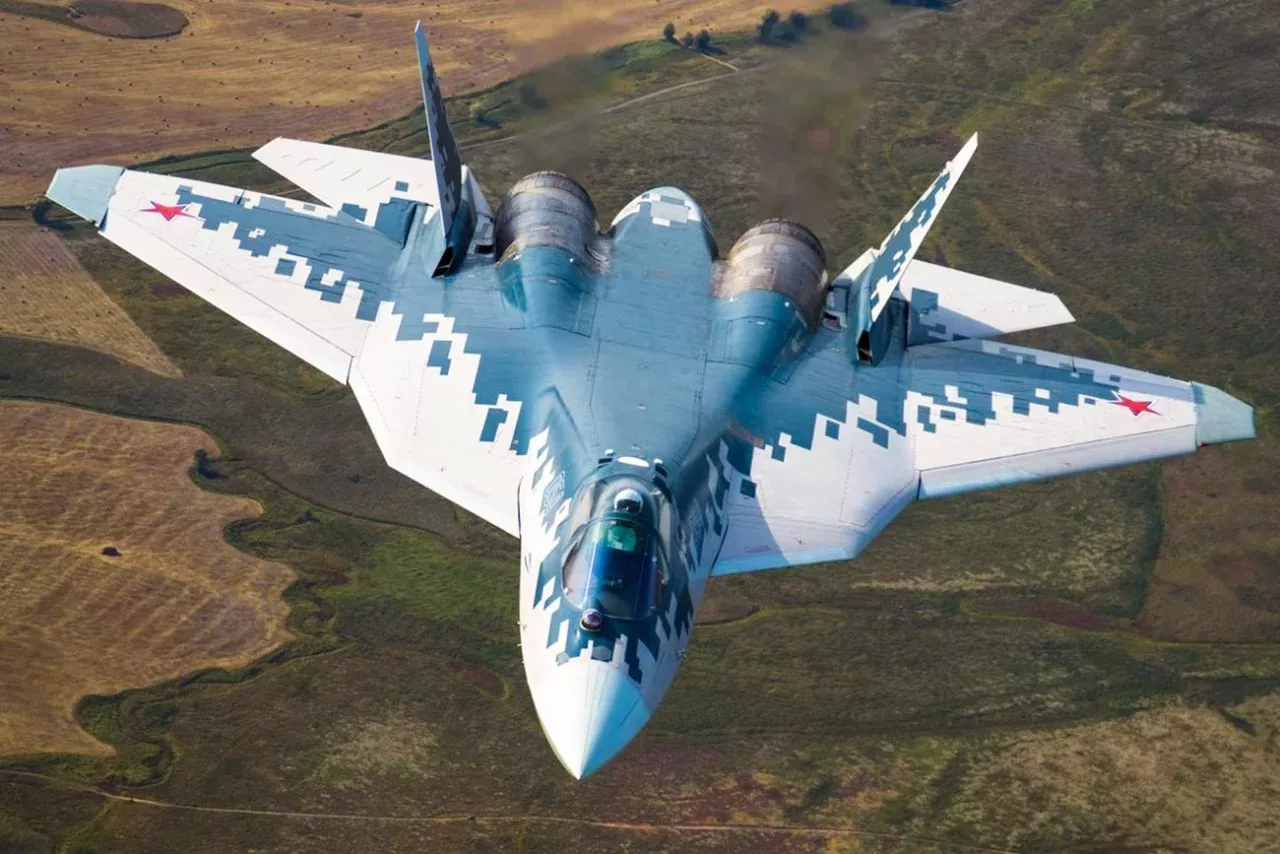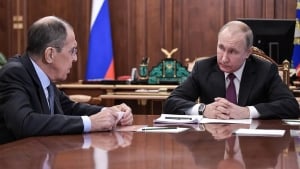
According to Harrison Kass, a commentator for The National Interest, Russia's fifth-generation fighter Su-57 can theoretically compete with the American F-35 Lightning II aircraft. This was reported by Zamin.uz.
However, to achieve this, it is necessary to significantly increase the production rates of the aircraft. Otherwise, the technical advantages will not be fully realized in practice.
As the expert emphasized, the Su-57 project is based on ideas taken from the US F-22 Raptor and F-35 aircraft. There are similarities in shape and functions, but the combat doctrines and development philosophies of the Russian and American schools differ fundamentally.
Russian aircraft pay more attention to close-range combat maneuvers, while America prefers a strategy of striking from long distances. According to Kass, the Su-57 combines the stealth features of the F-22, the versatility of the F-35, and the high maneuverability of the Su-35.
At the same time, American aircraft are considered advanced in stealth technology. Russia is trying to partially compensate for this shortcoming through advanced electronic warfare systems and aerodynamics.
Another important aspect is thrust vectoring engines. With their help, the Su-57 performs extremely complex maneuvers that Western aircraft cannot execute.
This is especially a significant advantage in close-range air battles. However, the Western school trains pilots to avoid close encounters and to carry out attacks from a distance.
The biggest problem is not technical but in production volume. Currently, there are over 1,000 F-35s in the US, while the number of Su-57 aircraft in Russia is limited.
Thus, although technological capabilities exist, the number of aircraft must be sufficient to achieve superiority on the front lines. In conclusion, the Su-57 appears as a dangerous opponent on paper and in tests.
However, to achieve real superiority, along with technology, factory production speed and a stable supply system are also of great importance.







